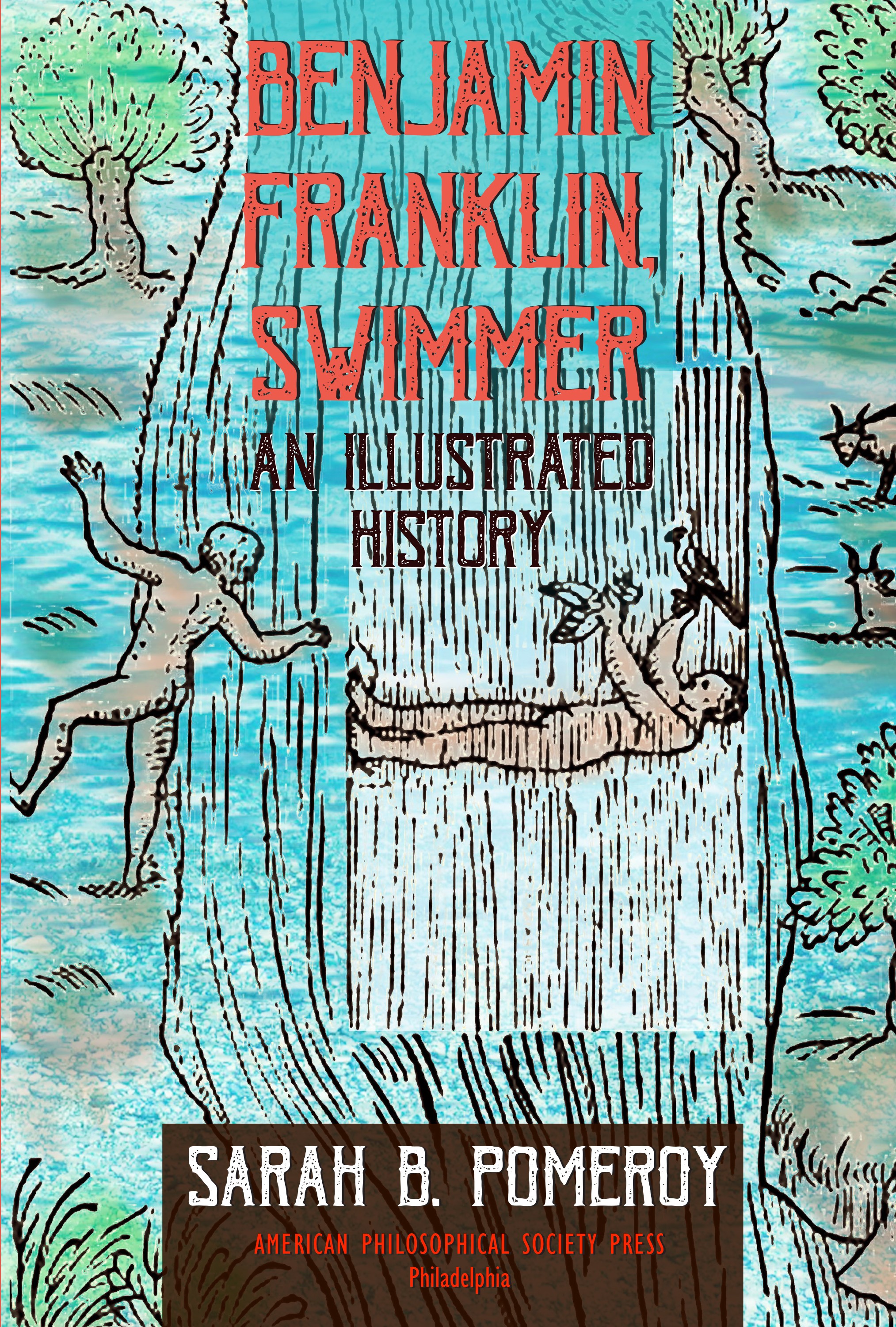“Dr. Franklin, Citizen Scientist” Exhibit in Philadelphia
The American Philosophical Society Library & Museum in Philadelphia has just opened an exhibit titled “Dr. Franklin, Citizen Scientist.” The facility is open at a limited capacity for public safety.
The exhibit description says:
Franklin probably started to experiment while he was still a kid in Boston, as he described in a letter preserved only in its French translation. Google says Franklin wrote something like:
The exhibit description says:
Taking inspiration from Benjamin Franklin’s commitment to the pursuit of knowledge for the “Benefit of Mankind in General,” Dr. Franklin, Citizen Scientist considers the relationship between science and public life in the 18th-century Atlantic World.Among the items on display are a first edition of Franklin’s Experiments and Observations on Electricity, a set of Leyden jars said to be part of his electrical experiments, his chart of the Gulf Stream, and the only-known portrait of his wife, Deborah Franklin.
The exhibition examines the production, circulation, application, and accessibility of scientific knowledge through the life and work of Benjamin Franklin. Throughout, it highlights lesser-known contributors to the scientific enterprise and the various spaces where science was performed. The exhibition connects Franklin's scientific pursuits to contemporary issues in science and society.
Franklin probably started to experiment while he was still a kid in Boston, as he described in a letter preserved only in its French translation. Google says Franklin wrote something like:
In my youth, I made myself two small oval paddles, each about 10 inches long, by 6 wide, with a thumb hole through them to hold it applied to the palm of my hand. They looked rather like painter’s palettes. While swimming, I pushed them forward edgewise, and I struck the water with their flat surfaces as I pulled them back. I remember very well that I swam faster by means of these paddles, but they tired my wrists.The A.P.S. has also recently published an illustrated book about Franklin’s lifelong interest in swimming by Hunter College professor Sarah B. Pomeroy.
I had also made some kinds of soles to apply to the bottoms of my feet, but I was not happy, because I observed that the blow is partly given with the inner side of the feet and ankles, and not just with the bottoms of the feet.


2 comments:
The link to the portrait does not appear to work, at least for me.
Do you mean the link from Deborah Franklin’s name? That connects to the collection of Boston 1775 postings tagged with her name. Scroll down to one of those that includes an image of the portrait.
Post a Comment